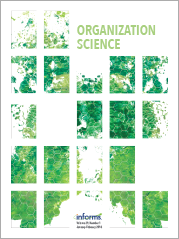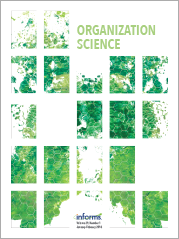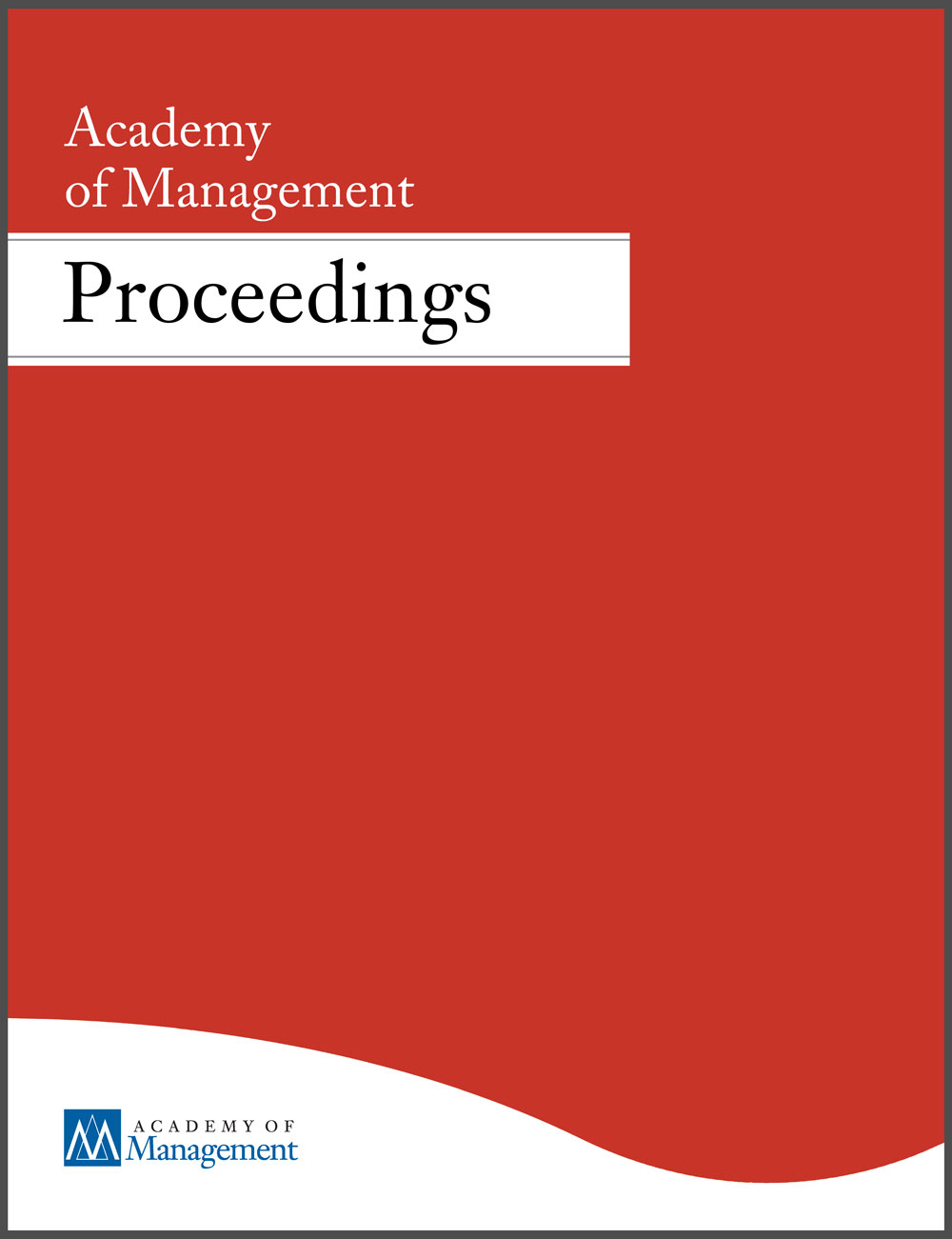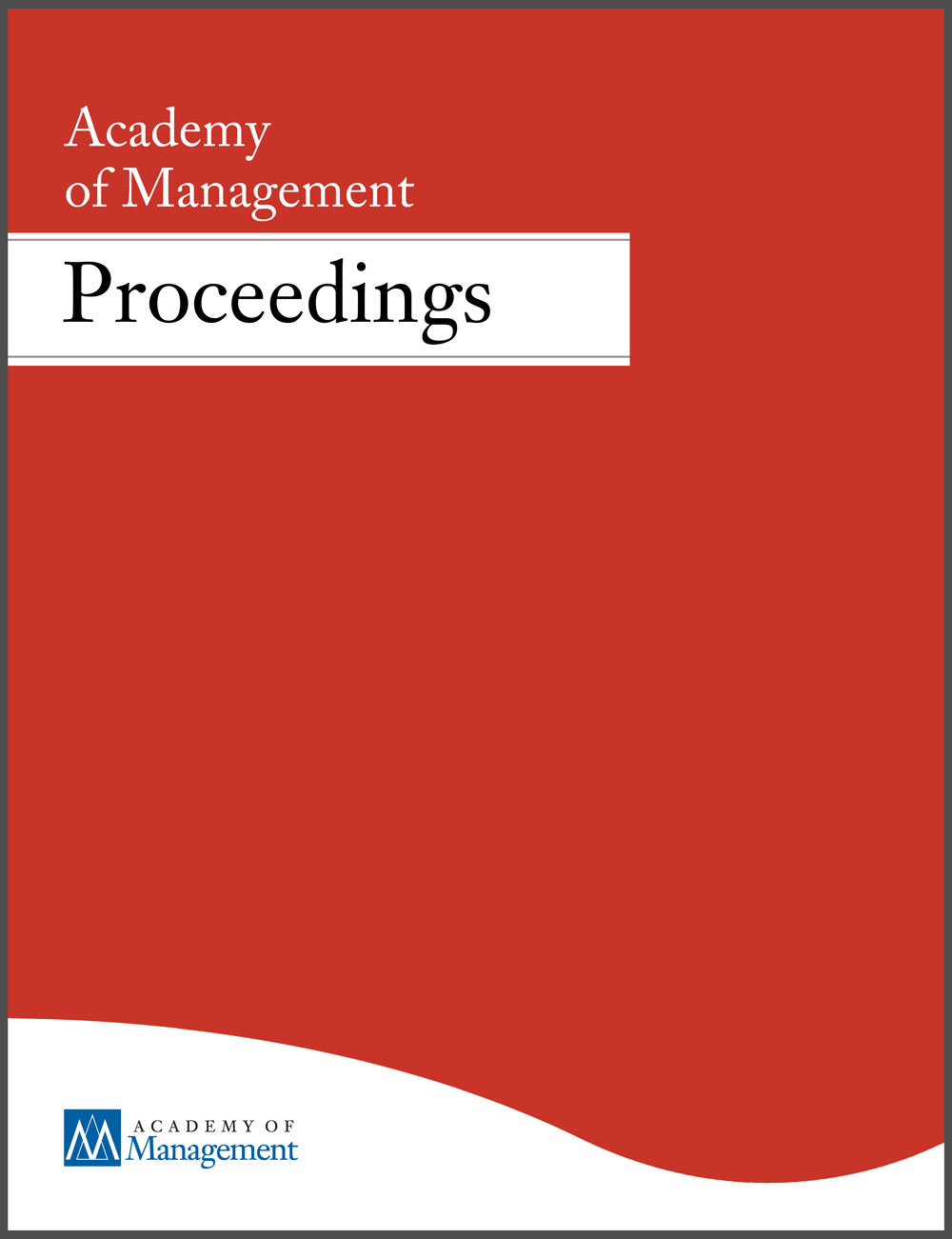Academic articles
Practitioner articles
Working papers
Books
Book chapters
Case studies
Other publications
Subject(s)
Strategy and general management
Keyword(s)
Accounting, finance
Grundlegende Fragen der Unternehmensführung, betriebswirtschaftliche Methoden, Werkzeuge und Zusammenhänge verstehen: Das Buch vermittelt Führungskräften und Studierenden die notwendigen BWL-Kenntnisse. Praxisorientiert und leicht verständlich erschließt es - gerade auch für Nicht-BWLer - alle wichtigen Themen: Von der Ausrichtung auf Markt und Wettbewerb, über die Gestaltung interner Strukturen und Prozesse, bis hin zu den Instrumenten der Unternehmenssteuerung und der Finanzberichterstattung.
Für die 5. Auflage wurden sämtliche Beiträge überarbeitet und aktualisiert. Mit Übungsaufgaben, Lösungshinweisen und Kurzglossar wichtiger englischsprachiger Fachbegriffe.
Für die 5. Auflage wurden sämtliche Beiträge überarbeitet und aktualisiert. Mit Übungsaufgaben, Lösungshinweisen und Kurzglossar wichtiger englischsprachiger Fachbegriffe.
Volume
5th ed.,
Pages
911
ISBN
978-3-7910-3760-8
ISBN (Online)
978-3-7910-4135-3
Subject(s)
Entrepreneurship
Keyword(s)
Design thinking, digital transformation, innovation, customer centricity
Business owner and managers are facing the challenge of how to best drive digital transformation in their organizations. Design thinking might be one method to address these challenges and, at the same time, support a mindset change within the companies.
Subject(s)
Economics, politics and business environment; Information technology and systems; Technology, R&D management
Keyword(s)
Fiber optic technology, state aid, ex-post evaluation, efficiency, OECD countries
JEL Code(s)
C51, C54, H25, L52, O38
The deployment of new broadband networks (NBNs) based on fiber-optic transmission technologies promises high gains in terms of productivity and economic growth, and has attracted subsidies worth billions from governments around the world in the form of various state aid programs. Yet, the effectiveness and the efficiency of such programs remains largely unstudied. We employ panel data from 32 OECD countries during 2002-2019 to provide robust empirical evidence of both. We find that state aid significantly increases NBNs by facilitating the deployment of new connections to 22% of households in the short term and 39.2% in the long term. By comparing the actual amounts of state aid support to the estimated impact on GDP growth, we also find it to be highly cost efficient, as the programs break even after three years on average.
View all ESMT Working Papers in the ESMT Working Paper Series here. ESMT Working Papers are also available via RePEc, EconStor, and the German National Library (DNB).
Pages
35
ISSN (Print)
1866–3494
Subject(s)
Management sciences, decision sciences and quantitative methods; Product and operations management; Technology, R&D management
Keyword(s)
Data, machine learning, data product, pricing, incentives, contracting
View all ESMT Working Papers in the ESMT Working Paper Series here. ESMT Working Papers are also available via RePEc, EconStor, and the German National Library (DNB).
Pages
48
ISSN (Print)
1866–3494
Subject(s)
Economics, politics and business environment; Information technology and systems
Keyword(s)
online markets, price comparison websites, price dispersion, price competition, platforms, consumer search, consumer welfare
JEL Code(s)
L11, L86, D43
The large and growing industry of price comparison websites (PCWs) or “web aggregators” is poised to benefit consumers by increasing competitive pricing pressure on firms by acquainting shoppers with more prices. However, these sites also charge firms for sales, which feeds back to raise prices. I find that introducing any number of PCWs to a market increases prices for all consumers, both those who use the sites, and those who do not. I then use my framework to identify ways in which a more competitive environment could be achieved.
Volume
62
Journal Pages
1081–1110
ISSN (Online)
1468-2354
Subject(s)
Technology, R&D management
Keyword(s)
Patents, intellectual property rights
This article summarizes the century-old debate whether a patent system spurs innovation or is rather a burden to society.
Volume
74
Journal Pages
6–9
Subject(s)
Technology, R&D management
Keyword(s)
Selection, novelty, decision-making, innovation, panel
We examine how groups fall prey to the sequence effect when they make choices based on informed assessments of complex situations, for example, when evaluating research and development (R&D) projects. The core argument is that the temporal sequence of selection matters because projects that appear in a sequence following a funded project are themselves less likely to receive funding. Building on the idea that selecting R&D projects is a demanding process that drains participants’ mental and emotional resources, we further theorize the moderating effect of the influence of the timing of the panel meeting on the sequence effect. We test these conjectures using a randomization in sequence order from several rounds of R&D project selection at a leading professional service firm. We find robust support for the existence of a sequence effect in R&D as well as for the moderating effect. We further explore different explanations for the sequence effect and how it passes from the individual to the panel. These findings have broader implications for the literature on innovation and search in general and on group decision making for R&D, specifically, as they suggest that a previously overlooked dimension affects selection outcomes.
Copyright © 2021, The Author(s)
Volume
32
Journal Pages
987–1008
Subject(s)
Management sciences, decision sciences and quantitative methods; Strategy and general management
Keyword(s)
Reinforcing processes, quality, performance evaluation, movie industry, luck
When does market success indicate superior merit? We show that when consumer choices between products with equal prices depend on quality but also on past popularity, more popular products are not necessarily of higher quality. Rather, a medium level of popularity may be associated with lower quality than lower levels of popularity. Using a formal model we show that this kind of non-monotonic association occurs when reinforcing processes are strong. More generally, a dip can occur when outcomes depend on both quality and resources and the latter are allocated bimodally, with some being given a lot of resources and most receiving little. Empirically, we illustrate that such a dip occurs in the association between movie theater sales and ratings. The presence of a dip in the outcome-quality association complicates learning from market outcomes and evaluation of individuals and new ventures, challenges the legitimacy of stratification systems, and creates opportunities for sophisticated evaluators who understand the dip.
Copyright © 2021, The Author(s)
Volume
32
Journal Pages
1079–1099
Subject(s)
Human resources management/organizational behavior
There is a growing interest in the concept of employer attractiveness. Yet, research appears to be unsystematic in how it conceptualizes and studies the phenomenon. In this paper, we argue that thus far most research on employer attractiveness has combined perspectives about employer attractiveness of both prospective employees and for exiting employees, making therefore little differentiation with a reference to the question: For whom is the employer attractive? In this paper, we argue that this is problematic considering existing evidence signaling that there are differences in the employer attractiveness attributes between the two groups. With this paper, we aim to extend the literature on employer attractiveness by shifting the conversation to the perceptions of employees. We systematically review 48 articles on employer attractiveness from the employee perspective, and offer a model, capturing Inputs, Mediators and Outputs (IMO) of the concept. The paper concludes with a discussion of what our findings mean for future research and practice.
With permission of the Academy of Management
Volume
2021
ISSN (Online)
2151-6561
ISSN (Print)
0065-0668
Subject(s)
Strategy and general management
Superior profit usually depends on capturing opportunities that rivals fail to identify or utilize. A key challenge for strategists is how to be both different and viable. Prior research has tended to associate contrarian opportunities with rivals’ behavioral failures. Herein, we argue that contrarian opportunities can emerge endogenously in an ecology whenever there is a dominant logic. We develop our argument in the context of organizational design, in which the majority voting rule is demonstrated to be an efficient and typically mainstream approach for screening alternatives. We formally demonstrate when antimajority—an unconventional screening rule where acceptance depends on the minority’s approval and majority’s disapproval—exploits the opportunities left behind by the majority rule. We illustrate how a contrarian niche emerges, and its scope conditions using the case of an antimajority voting venture capitalist firm together with an evolutionary model of competing rules. More generally, a contrarian niche emerges not necessarily because the dominant firms have been suboptimal or inefficient but because their homogeneity predicts an exploitable blind spot, preserving opportunities for strategists who can afford to be contrary.
With permission of the Academy of Management
Volume
2021
ISSN (Online)
2151-6561
ISSN (Print)
0065-0668




